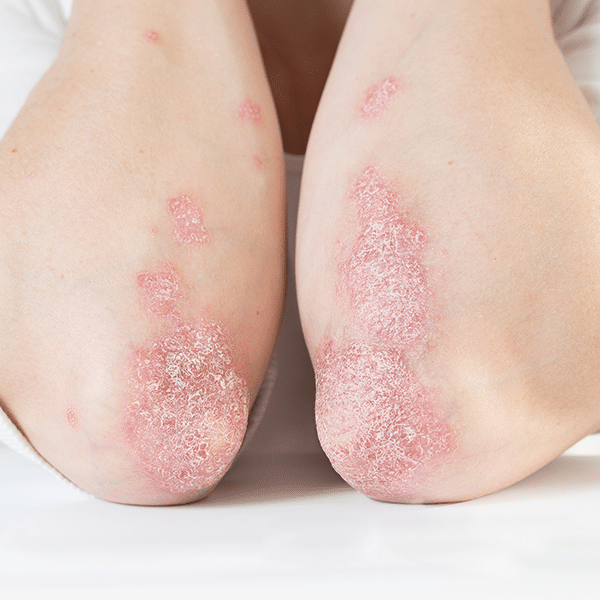Unraveling the Mystery of Hair Loss: Understanding Scarring vs. Non-Scarring Alopecia at Smart Skin Dermatology
Scarring vs. Non-Scarring Alopecia: The Fundamental Divide
Non-Scarring Alopecia
- Androgenetic Alopecia: This common form, known as male or female pattern hair loss, is influenced by genetics and hormones. Hair thins gradually, usually starting at the temples and crown. While permanent loss is not guaranteed, early intervention can maximize hair preservation and potential regrowth.
- Telogen Effluvium: A temporary condition often triggered by significant stress, illness, or hormonal changes, this type causes hair to shed in excess. Fortunately, with proper care, hair typically regrows within months.
- Alopecia Areata: This autoimmune condition causes round patches of hair loss, sometimes affecting the entire scalp or even eyebrows and eyelashes. While spontaneous regrowth can occur, treatment can encourage and speed up the process.
Scarring Alopecia
- Discoid Lupus: This autoimmune disease can cause permanent scarring hair loss on the scalp, often in a coin-shaped pattern. Early diagnosis and treatment are vital to minimize damage and potentially preserve remaining hair follicles.
- Lichen Planopilaris: Another autoimmune condition, lichen planopilaris causes itchy, inflamed patches on the scalp that can lead to permanent scarring and hair loss. Prompt intervention is crucial to limit the extent of scarring and protect remaining hair.
- Tinea Capitis: This fungal infection, commonly affecting children, can lead to permanent scarring if left untreated. Early diagnosis and appropriate antifungal therapy are essential to prevent irreversible damage and preserve hair follicles.




